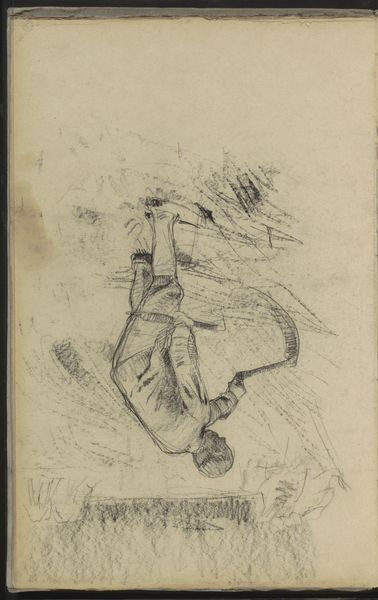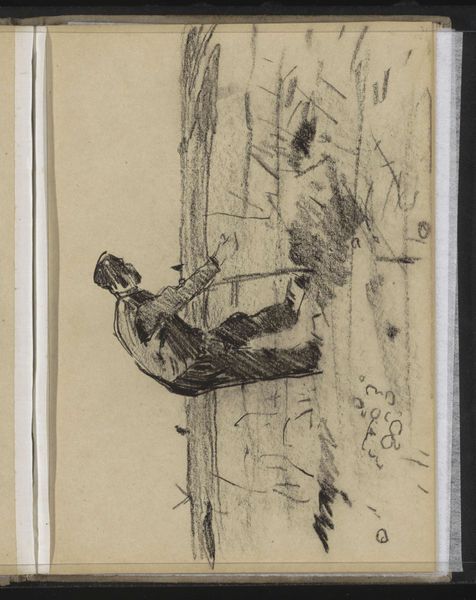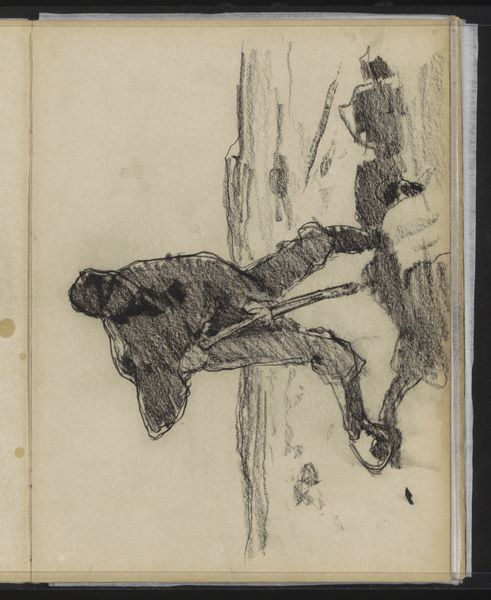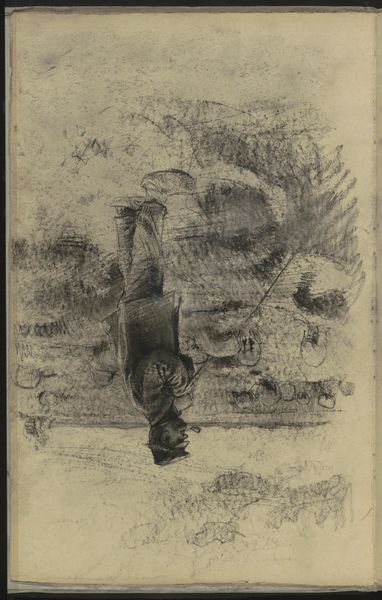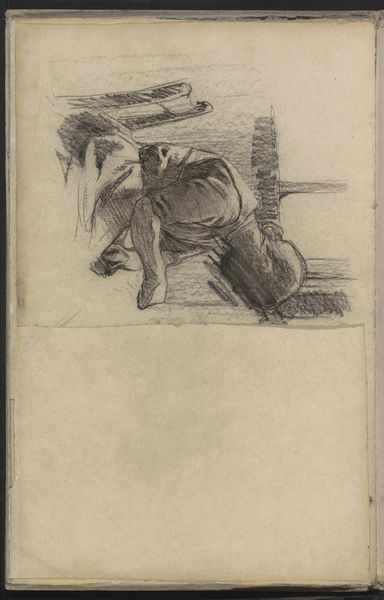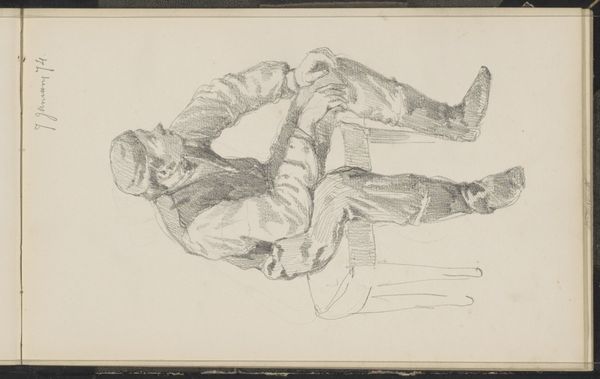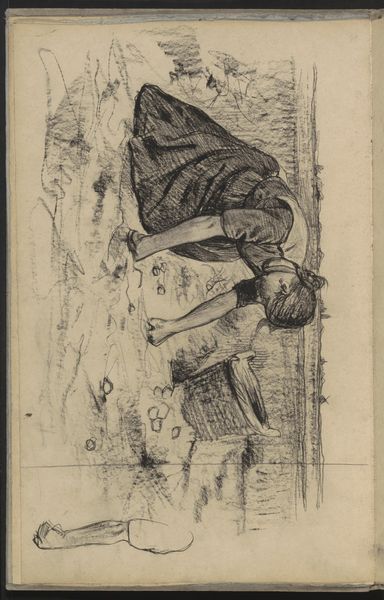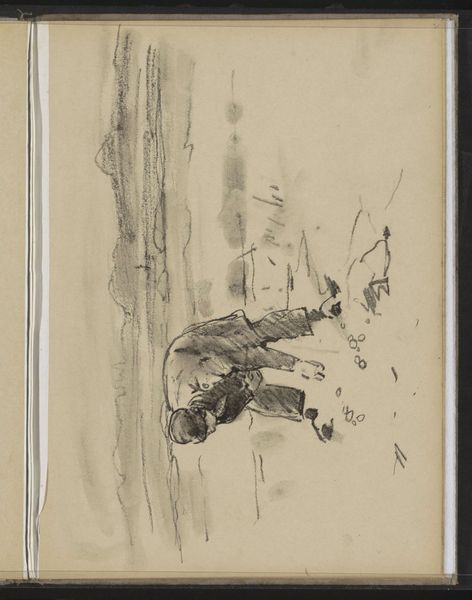
drawing, pencil, graphite
#
drawing
#
quirky sketch
#
dutch-golden-age
#
pen sketch
#
sketch book
#
landscape
#
figuration
#
personal sketchbook
#
sketchwork
#
ink drawing experimentation
#
pen-ink sketch
#
pencil
#
graphite
#
sketchbook drawing
#
storyboard and sketchbook work
#
northern-renaissance
#
sketchbook art
#
realism
Copyright: Rijks Museum: Open Domain
Willem Witsen made this drawing, “Gravende heiwerkers”, or “Digging Heath Workers”, with charcoal on paper. It is now held in the Rijksmuseum. Witsen was associated with the Amsterdam Impressionism movement of the late 19th century, and here we see his interest in modern subjects such as workers and urban life. The image presents laborers digging, perhaps for peat, in a barren landscape. It reflects the social and economic realities of the Netherlands during this period. It was a time of growing industrialization but also one of poverty and social inequality. Many people worked in harsh conditions to eke out a living. By choosing working-class subjects, Witsen's art subtly comments on the social structures of his time. It reflects the changing world, the decline of rural life, and the rise of industrial labor. To understand images like this fully, historians often consult sources like census records, newspapers, and institutional records of the art world to explore the social and economic context in which the artist was working. Art can be a powerful way to reflect on and challenge the norms of society.
Comments
No comments
Be the first to comment and join the conversation on the ultimate creative platform.
